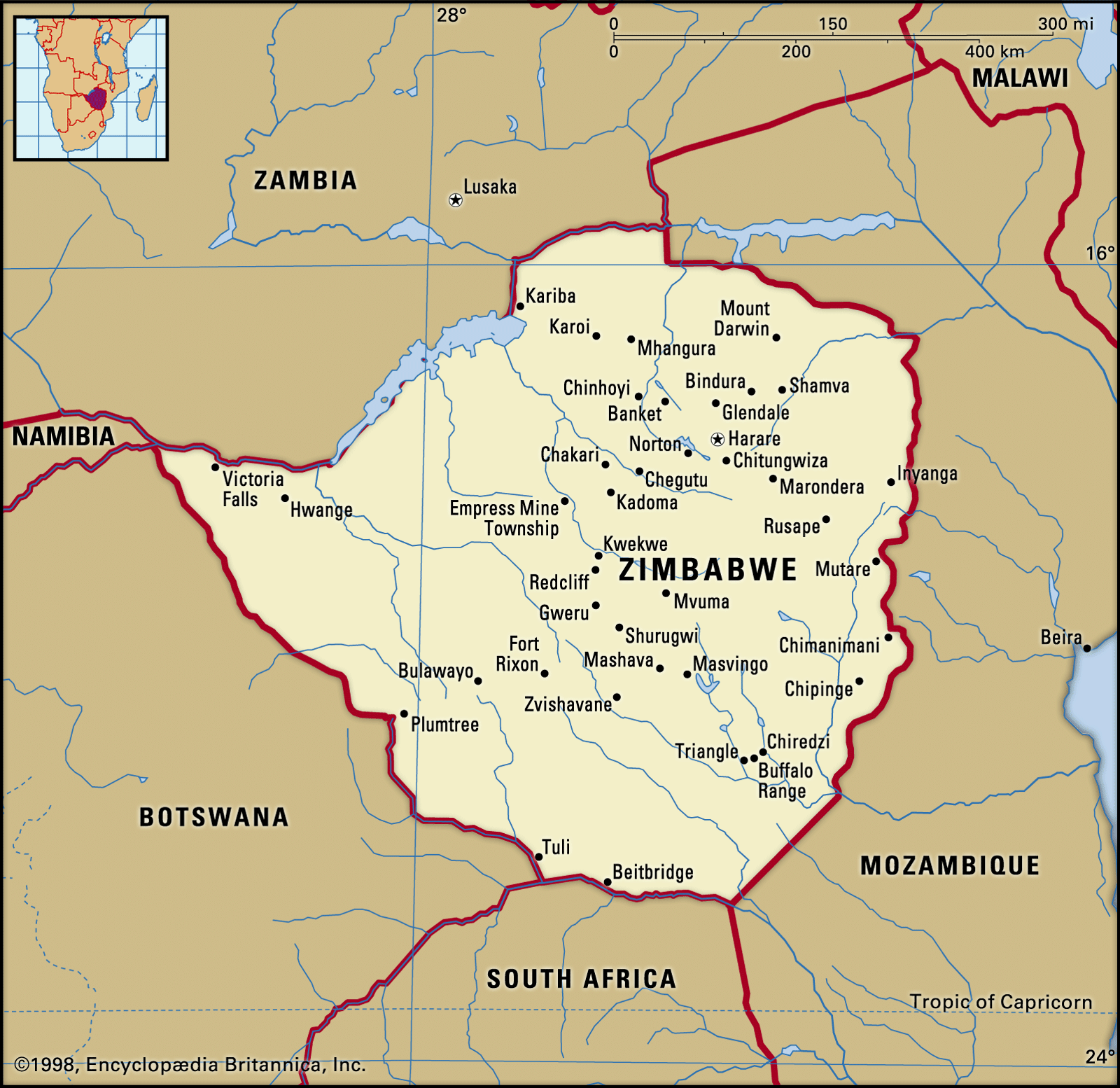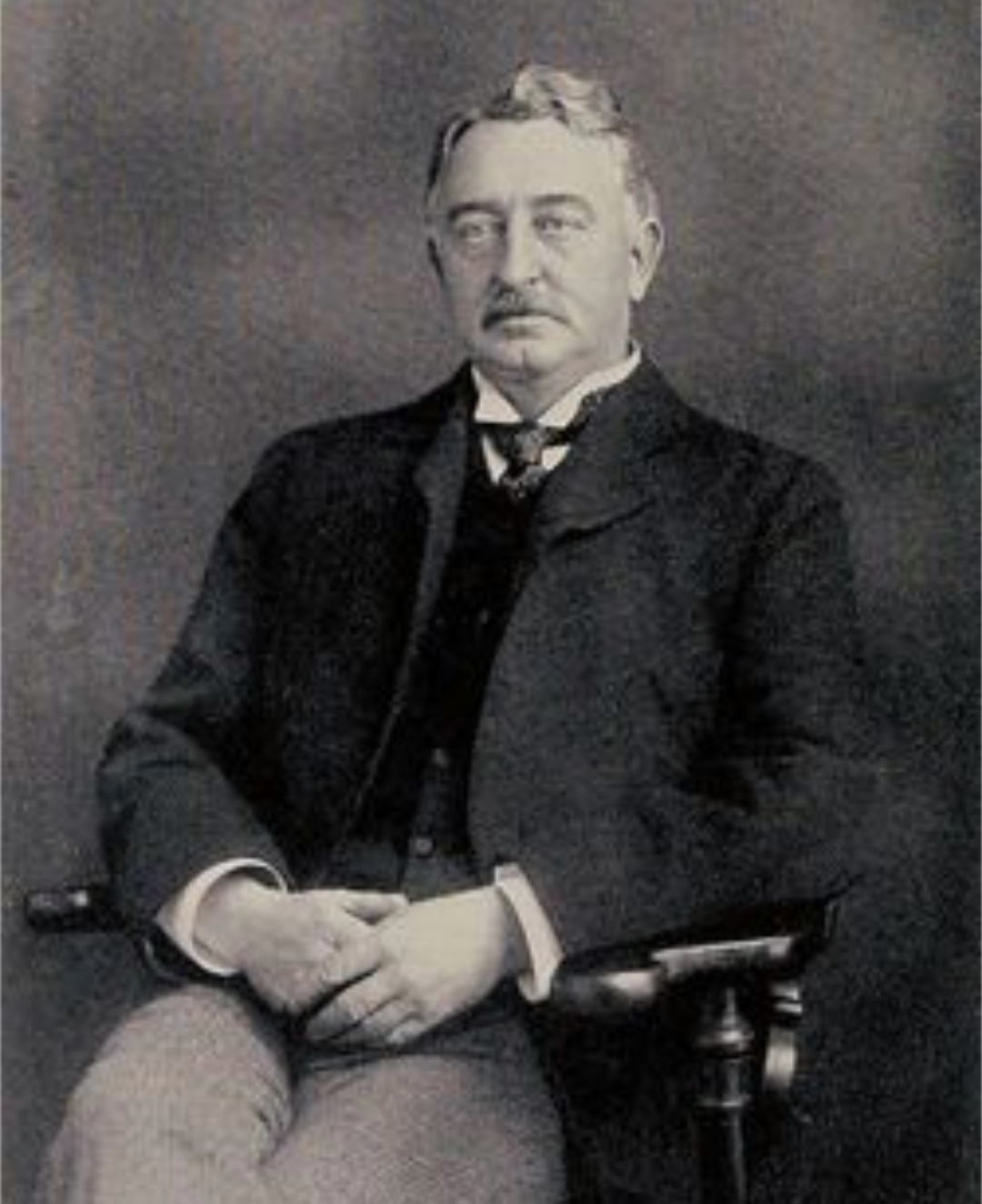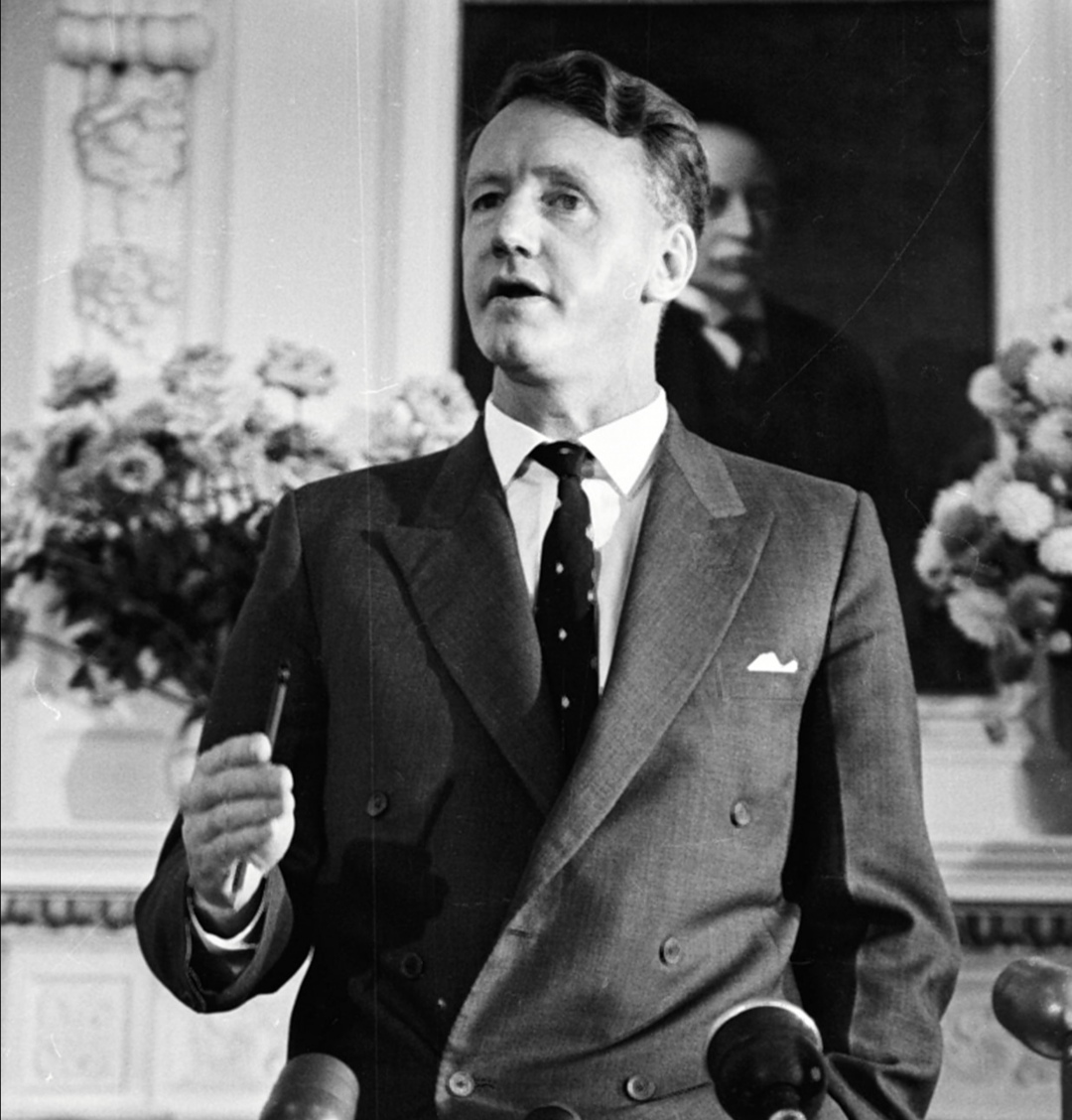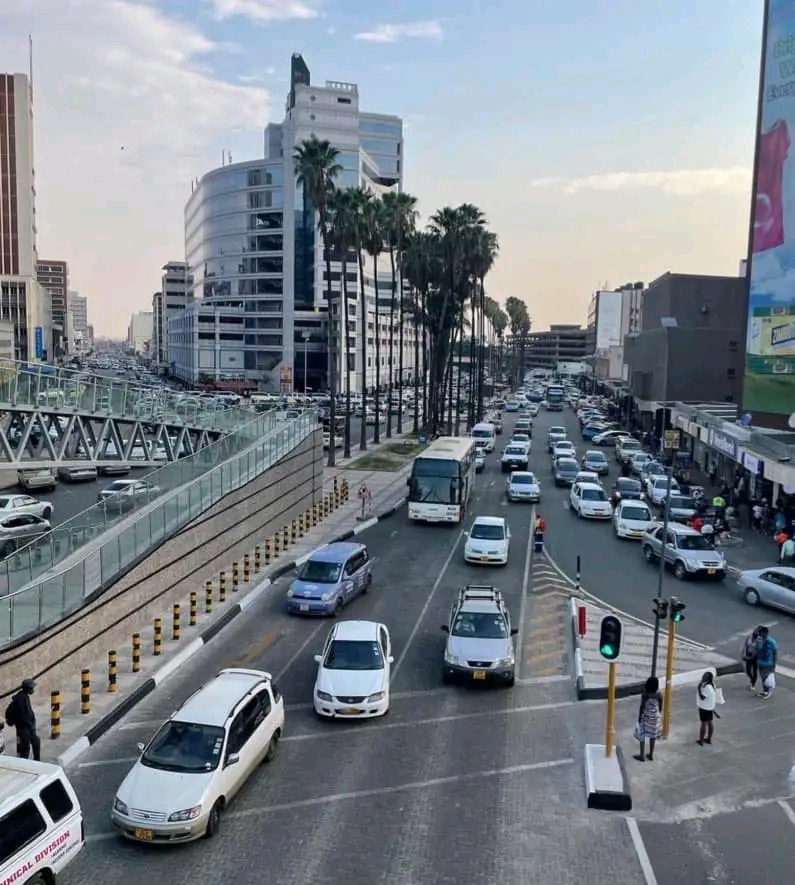
Zimbabwe, a country with a rich and complex history, has undergone several name changes since 1890. From colonial rule to independence, the country’s name has reflected its evolving identity and struggle for self-governance.
Zimbabwe’s Name Changes Throughout History:

– 1890-1911: Rhodesia – Named after Cecil John Rhodes, founder of the British South Africa Company (BSAC), which ruled the territory.
– 1911-1965: Southern Rhodesia – Distinguishing it from Northern Rhodesia (now Zambia), emphasizing its geographical location.

– 1965-1970: Rhodesia – Ian Smith dropped “Southern” to assert independence from Britain and establish a distinct identity.
– 1970-1979: Republic of Rhodesia – Smith’s declaration of a republic marked another shift, further distancing from British rule.
– June-December 1979: Zimbabwe-Rhodesia – A brief transitional name under Prime Minister Muzorewa, signaling the beginning of the end of white minority rule.
– December 1979-April 17, 1980: Southern Rhodesia – A return to the earlier name before Zimbabwe’s independence.
– April 18, 1980-present: Republic of Zimbabwe – Marking the country’s independence and sovereignty.
Before gaining independence, Zimbabwe was ruled by the BSAC from 1889 to 1923. The country then became a self-governing colony in 1923, with Charles Coghlan as its first prime minister. Eight prime ministers ruled Zimbabwe until 1979, with Ian Smith being the last. In 1979, Muzorewa took over as prime minister.

Notable Leaders:
– Charles Coghlan (1923-1927)
– Howard Unwin Moffat (1927-1933)
– George Mitchell (1933)
– Godfrey Huggins (1933-1940)
– Patrick Fletcher (1940)
– Godfrey Huggins (1940-1943)
– Cecil Sbac (1943)
– Ian Smith (1964-1979)
– Muzorewa (1979)
Zimbabwe’s path to independence was marked by struggle and resilience. The country’s ancient civilizations, colonial past, and modern-day challenges have shaped its identity. Today, Zimbabwe continues to evolve.






